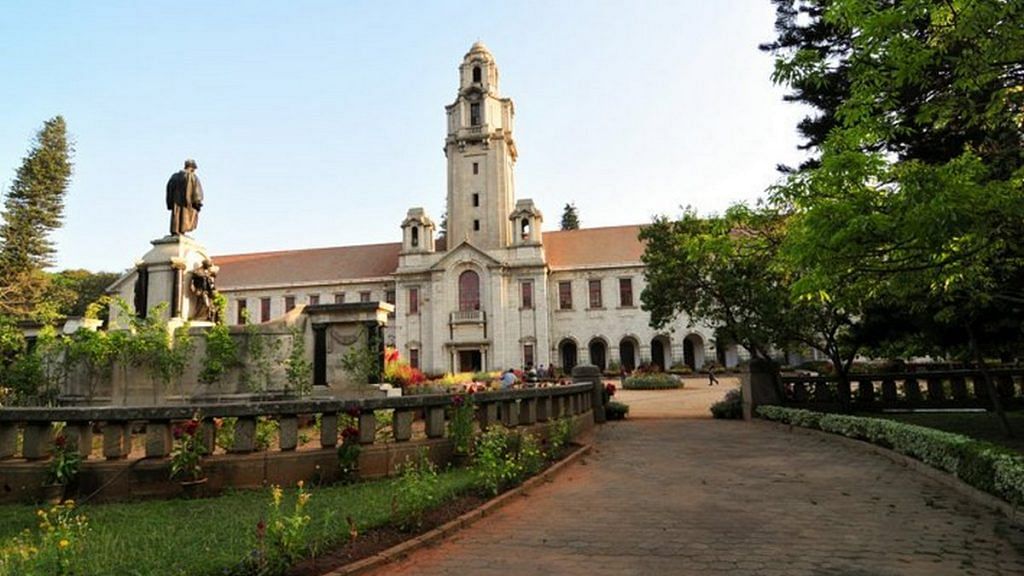Four technicians of a private company were carrying out an experiment when the explosion occurred suddenly at around 2.20 pm, police said.
Bengaluru: A 32-year-old technician was killed and three others injured from a suspected shockwave while conducting an experiment at the Indian Institute of Science (IISc) in Bengaluru on Wednesday.
According to police, Manoj, a technician from Mysuru, died on the spot.
“All we know is that there has been one death so far. Three people have been hospitalised,” said a police officer to ThePrint. “Enquiry is still going on.” The injured were admitted to the MS Ramaiah Hospital where their condition was said to be stable, police added.
The Sadashivanagar police station is investigating the case.
Also read: IISc probe of professor brings #MeToo lens on India’s ‘secretive’ science community
The accident took place at the Laboratory for Hypersonic and Shock Wave Research, a unit established in the 70s to study shock waves. As part of the research process, shock waves are periodically sent to a 250 kg rock.
The victims of the blast were employed by a start-up, Super-Wave Technology Private Limited, which is incubated at the IISc’s Society for Innovation and Development (SID). The company and its subsidiaries research shockwaves and its applications. Company directors K.P.G Reddy and G. Jagadeesh have been researching the field for over 30 years.
The team recently signed a MoU with the Oil and Natural Gas Corporation Ltd (ONGC) and was working on refining the process of hydraulic fracturing, or ‘fracking’.
Fracking is a process of funnelling chemicals and water under high pressures deep into rocks, causing them to crack open and release gases. It is largely uncontrolled, but the team was confident that the experiment could be “controlled”.
With inputs from PTI
